Key takeaways:
- Fisheye lenses should be avoided in real estate photography due to their distortion and high cost, with wide-angle lenses below 35mm being a better choice for natural and appealing property representation.
- Optimal lighting conditions, such as shooting during “golden hour” or in the presence of light clouds, significantly improve real estate photos, enhancing their quality and depth.
- Wall decor and colors matter in making a positive first impression on potential buyers or renters, with neutral tones and universally appealing aesthetics being recommended for walls to maximize property attractiveness.
This blog was recently updated on Sept 29, 2023
In the competitive world of real estate, a picture is worth more than a thousand words—it can make or break a deal. When it comes to showcasing your property, the choice of camera lens will have a significant impression on potential buyers. While fisheye lenses may seem like a fun and creative option, they can often lead to bad real estate photos.
In this blog, we’ll delve into the common pitfalls of using fisheye lenses in photography and explain why it’s crucial to avoid them if you want to present your property in the best light possible. As a bonus, we’ll even include other items to avoid and write our recommendations on how to improve these photos.
Listing photo 1: Fisheye lens
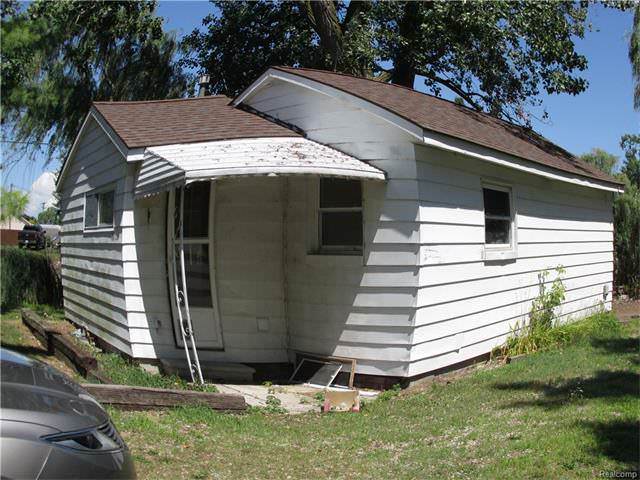
Using a fisheye lens is a nice way to add visual distortion for a wide panoramic photo. This is primarily used in artistic photography or skateboarding videos.
But for anyone looking to purchase a fisheye lens for real estate photos, we recommend staying away.
Fisheye lenses create massive distortion on the walls with a bulbous illusion effect. Your homeowner and potential prospects won’t care for these types of photos.
Fisheye lenses are also incredibly expensive. Sure you can get the clip-on smartphone lenses for $10 on Amazon but these produce low-quality photos.
For a DSLR, fisheye lenses will run you around $250 to $4,250. Not the best investment in equipment that produces really bad real estate photos.
These are our recommendations:
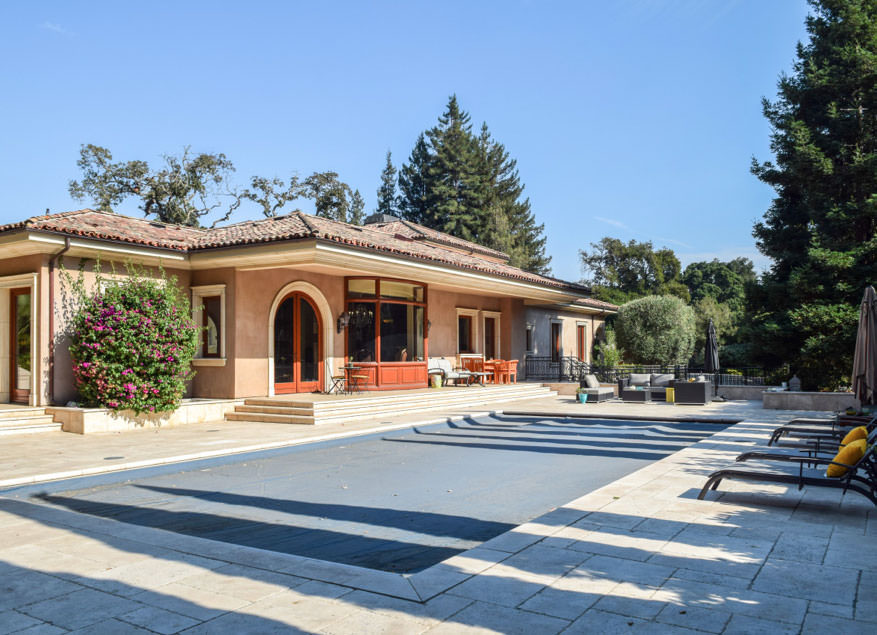
5 James Ave. Atherton, CA. 94027
- Avoid the fisheye lens and use a wide-angle lens. At Onerent Property Management, we use DSLR lenses at around 17mm focal length. This produces a wide enough shot to get a consistent photo without distortion.
- If you are tight in space and cannot get enough of the room in the shot, always work the angles.
- You can also use the mirrors in a bathroom or living room to create the illusion of a large room.
Listing photo 2: Golden hour of photography
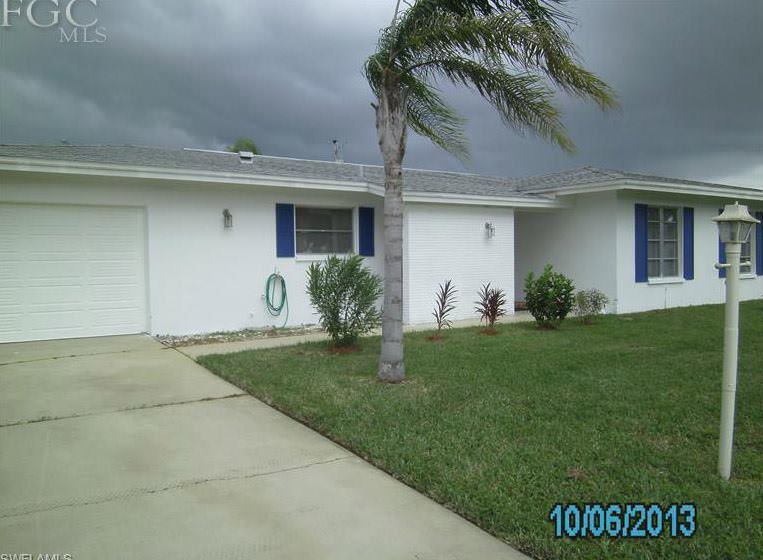
The photo above looks like the photographer was caught in a massive storm and had 3 minutes left to evacuate. Shooting in poor weather conditions leads to poor photos.
Avoid shooting in rain, high winds, and clouds. Shooting in light snow is difficult, but can produce great results.
These are our recommendations:
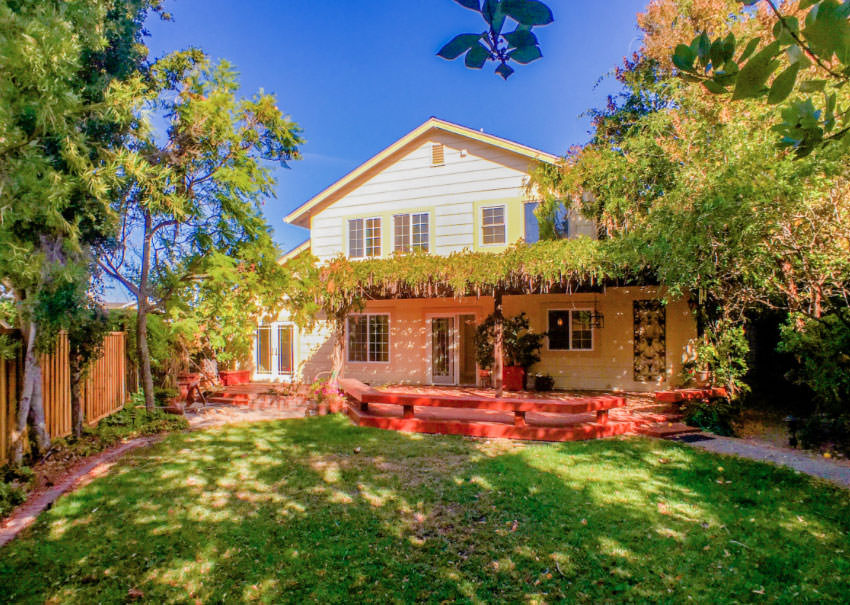
22706 Medina Court. Cupertino, CA. 95014
- Shoot outdoor photos during “golden hour”. Golden hour is around 1 hour before sunset and 1 hour after sunrise. This is when the sun is low in the sky and produces a soft, diffused light. Golden hour photography gives out a warm glow and adds texture to the image.
- Because golden hour varies from place to place, you can find out when golden hour hits in your location.
- If you don’t have time to shoot during golden hour, I recommend shooting when there are light clouds. This still softens the light and creates photos with more depth.
Listing photo 3: Wallpapers kill first impressions
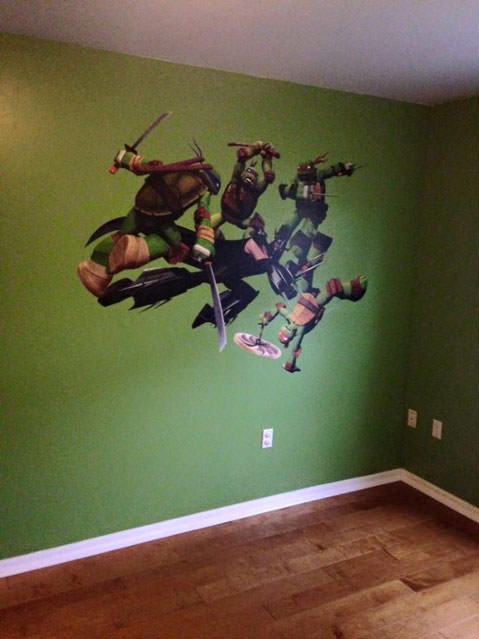
The last photo we are critiquing is this green room, with green walls, and green ninja turtles.
These ninja turtles wallpaper decals can easily be removed from the wall, but if you decide to leave them up, it can easily kill first impressions.
Even though prospects know they can remove it themselves, it can still detract from the wow factor in the room.
These are our recommendations:
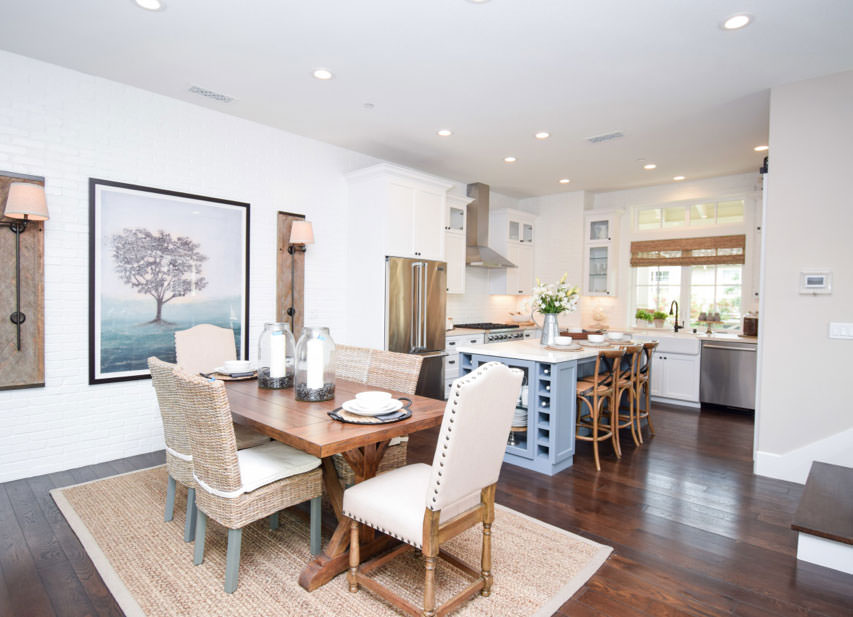
476 Sam Cava Ln. Campbell, CA. 95008
- Remove any wallpaper that wouldn’t be attractive for the majority of prospects. Remember, we want to make the property suitable for as many prospects as possible.
- Repaint the walls to a neutral white color. Studies show white walls have the highest return on investment when marketing a home.
Alternative to fisheye lenses
Wide-angle lenses are a preferred choice in real estate photography because they capture wide scenes naturally without the distortion found in fisheye lenses, typically featuring focal lengths below 35mm for full-frame cameras. And they come with notable advantages.
Less distortion and more natural perspective
Wide-angle lenses, when used correctly, produce images that closely resemble what the human eye sees. You can avoid bad real estate photos as they minimize distortion and maintain straight lines, ensuring that architectural elements and room dimensions appear realistic. This is crucial for accurately representing a property to potential buyers or renters.
With wide-angle lenses, you can capture rooms and spaces in their true proportions, avoiding the characteristic fisheye distortion that can make spaces appear cramped or uneven.
Easier composition and framing
One of the key advantages of wide-angle lenses in real estate photography is their ease of use when it comes to composition and framing. These lenses allow you to fit more of the room or property into the frame without much effort.
With a wide-angle lens, you can easily capture the entire room, showcasing its flow and layout. This makes it simpler to plan your shots, ensuring that you include all the essential features and angles of the property without the need for complex positioning or cropping.
Concluding thoughts
In conclusion, the choice of camera lens in real estate photography holds immense importance, as it can either enhance or hinder the presentation of a property. Fisheye lenses, while fun for artistic and creative purposes, are not the right choice for showcasing real estate. They introduce significant distortion, create a bulbous illusion effect on walls, and can be costly investments for equipment that produces bad real estate photos.
Instead, opt for alternatives like wide-angle lenses with focal lengths below 35mm, which offer natural perspectives, minimize distortion, and simplify composition and framing. By choosing the right lens and following our recommendations, you can ensure that your real estate photos accurately represent the property’s true proportions, making a lasting and positive impression on potential buyers or renters. Remember, in the competitive world of real estate, the right lens can make all the difference.